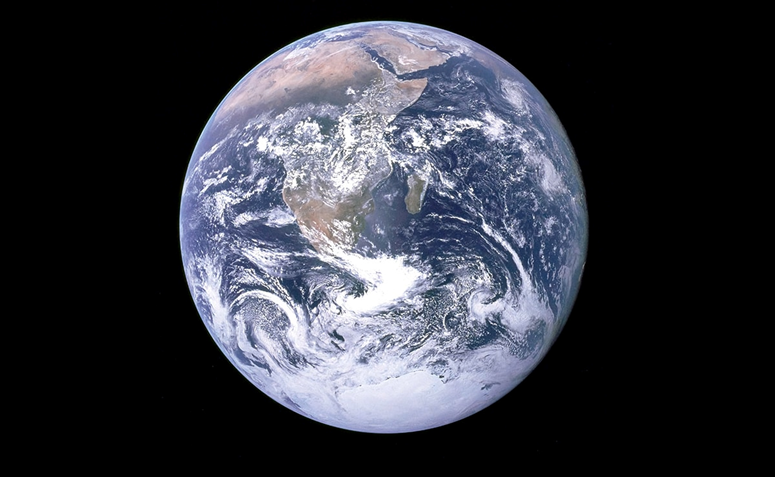An Earth-like planet could play hide and seek in our solar system

Two Japanese scientists predict the existence of an Earth-like planet. Hidden in our solar system, it would be located in a distant and inclined orbit.
Could Earth have a twin sister hidden in the solar system? Two scientists, planetologists Patryk Sofia Lykawka, of Kindai University in Japan, and Takashi Ito, of the National Astronomical Observatory of Japan, believe they have discovered a planet similar to ours, says Science Alert. The star, very dark and frozen, according to them, would be in an inclined orbit, would not exceed three times the mass of the Earth and would not be located more than 500 astronomical units from the Sun.
“We predict the existence of an Earth-like planet and several trans-Neptunian objects in particular orbits in the outer solar system, which can serve as observationally testable signatures of disturbances of the putative planet,” the two scientists wrote in their study, published in The Astronomical Journal on August 25, 2023.

A mass between 1.5 and 3 times that of Earth
The fact that the Earth-like planet is located in a distant, inclined orbit may explain three fundamental properties of the distant Kuiper belt (a series of icy rocks and dwarf planets located beyond Neptune in the solar system, Editor's note). , revealed Takashi Ito and Patryk Sofia Lykawka.
According to them, it is a "significant population of TNO (trans-Neptunian object, editor's note) whose orbits are located beyond the gravitational influence of Neptune", a "significant population of objects at strong inclination" and "the existence of certain extreme objects with particular orbits".
The authors of the study believe more precisely that this Earth-like planet would have a mass between 1.5 and 3 times that of the Earth, an orbit whose furthest point from the Sun would be between 250 and 500 astronomical units, and an inclination of 30 degrees relative to the plane of the solar system.
Its presence could explain objects with an inclination greater than 45 degrees, as well as the orbits of objects such as the dwarf planet Sedna, whose orbit is exceptionally strange and elongated. It could also explain the properties of groups of TNOs that seem linked to Neptune and are often overlooked in studies of this type, the researchers conclude.
Source: websites

